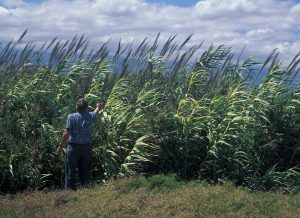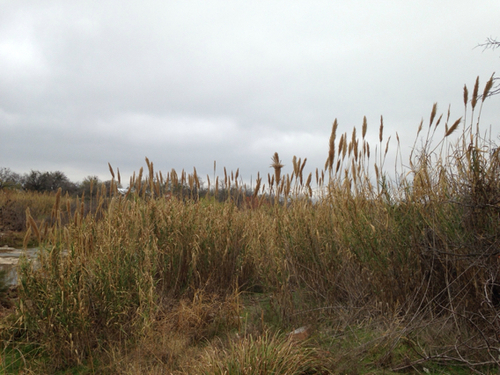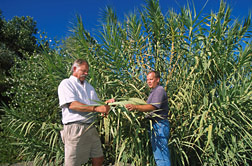Don’t Dump Your Aquariums in Texas Waters
Tuesday, June 4th, 2019This is Passport to Texas
Texas welcomes visitors from around the globe. Unless, of course, they’re non-native plants and animals. Those pose potentially devastating problems to ecosystems.
Don’t Dump Your Tank, a new initiative by Texas Parks and Wildlife, cautions us to never dump our aquariums into a lake, stream or saltwater bay.
When you dump an aquarium into a natural body of water you have the potential to create an invasive species. This is with fish, plants and animals
Julie Hagen works with coastal fisheries at Texas Parks and Wildlife
It’s really important that if you can’t take care of your aquarium any more there a lot of other options that you have: donating, selling or trading your aquarium and any of the contents that are inside as well as calling local aquarium shops, maybe where you bought your aquarium and seeing if you can return it.
Something you should never do is your fish down the toilet.
This is not “Finding Nemo” they will not make it to the ocean. They will never find their way to a natural body of water.
As a last resort, there are ways to humanly euthanize fish. Search the internet, consult your aquarium dealer or call a local Parks and Wildlife fisheries biologist.
Prevention is key with invasive species. Be mindful of your actions and what your putting back into the water because it really does matter.
Our show receives support from RAM Trucks: Built to serve.
For Texas Parks and Wildlife…I’m Cecilia Nasti.







 Passport to Texas is a
Passport to Texas is a  Passport to Texas is made available by:
Passport to Texas is made available by: